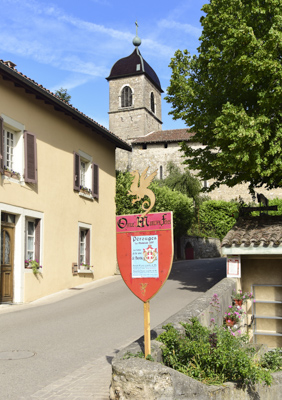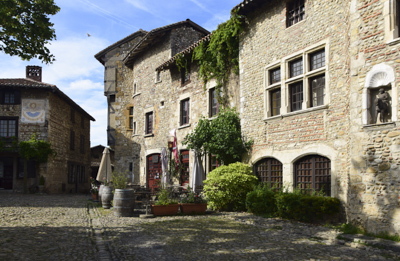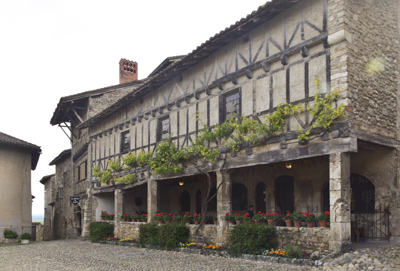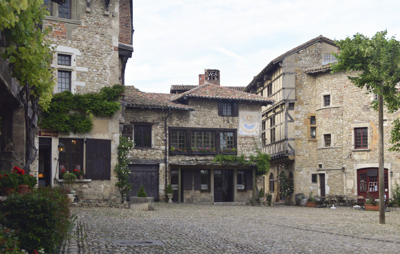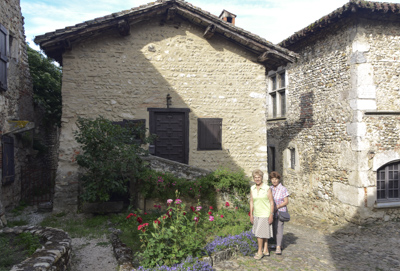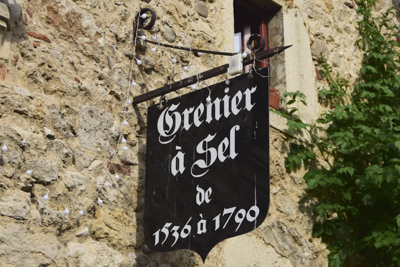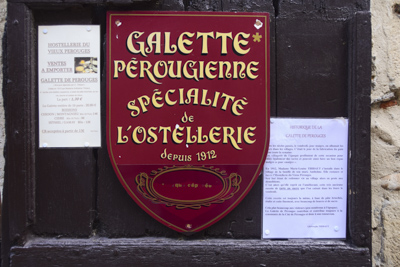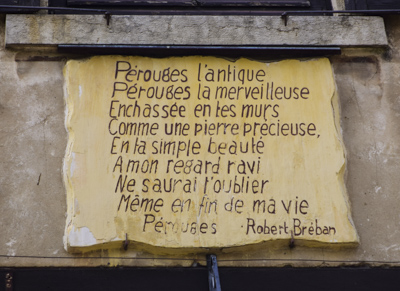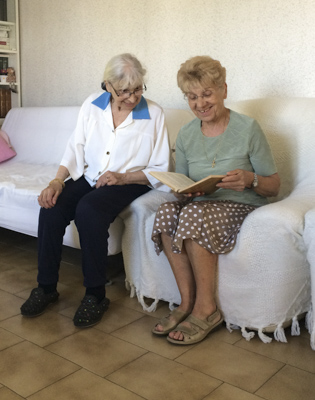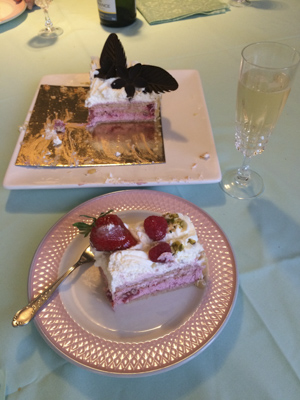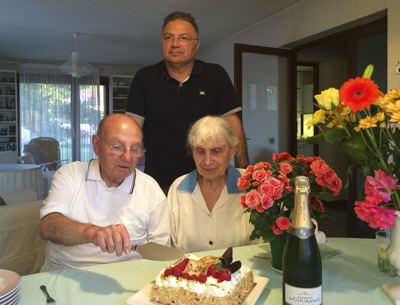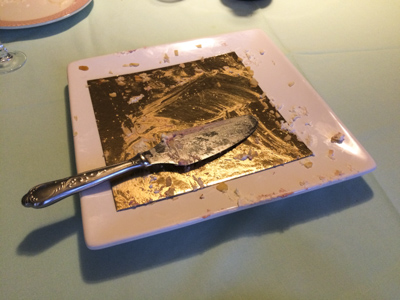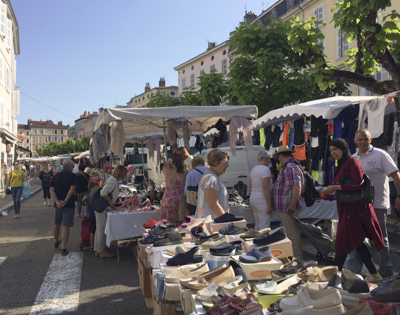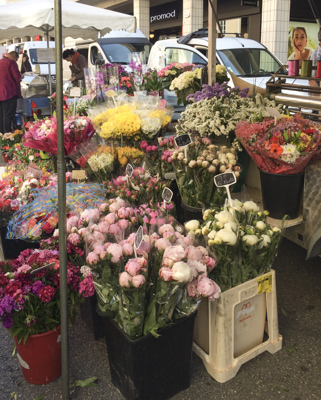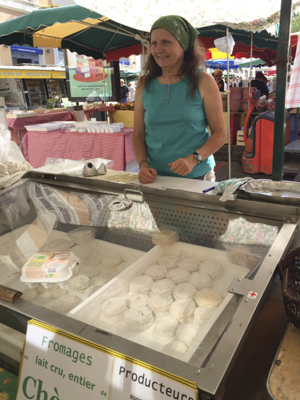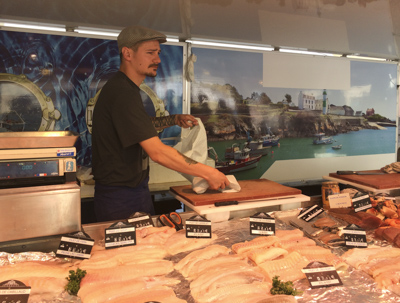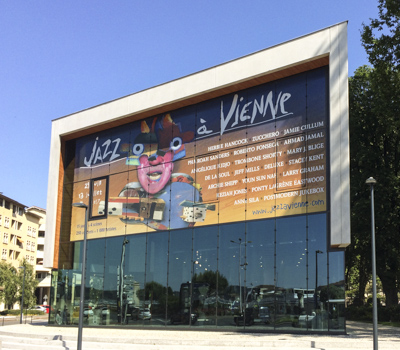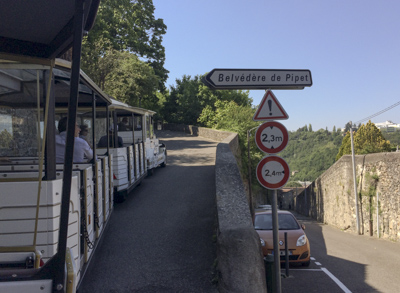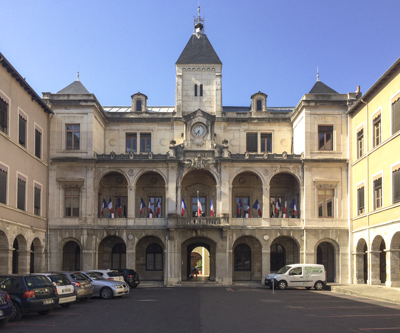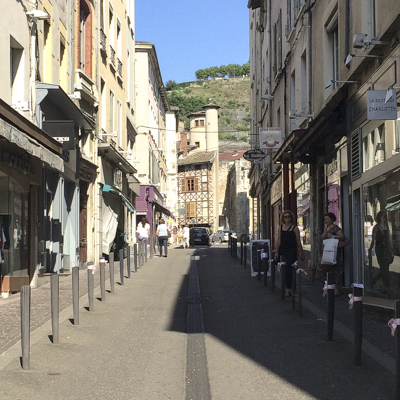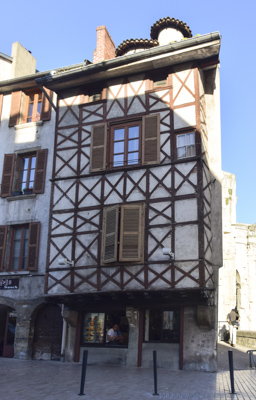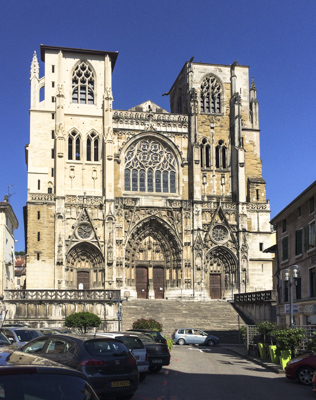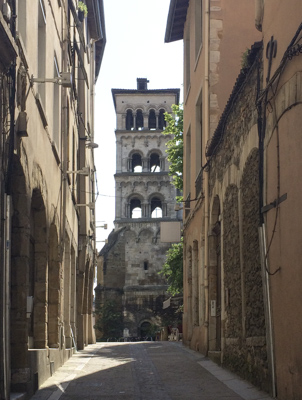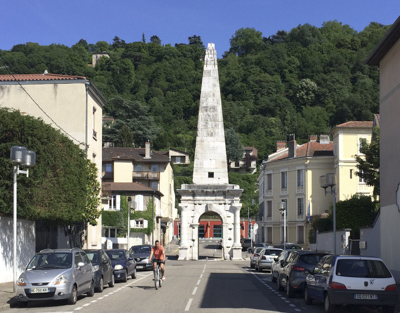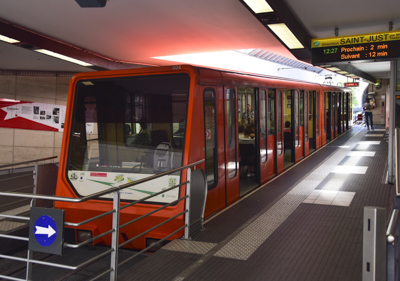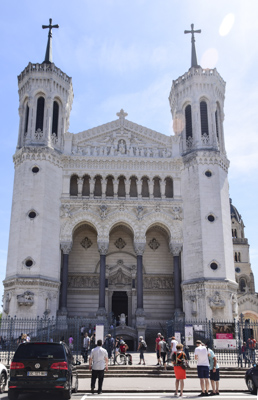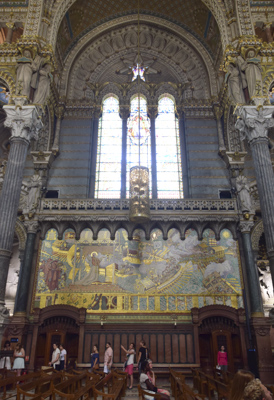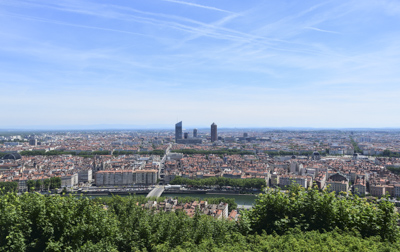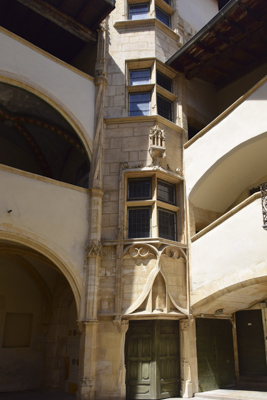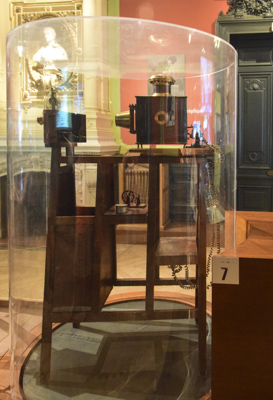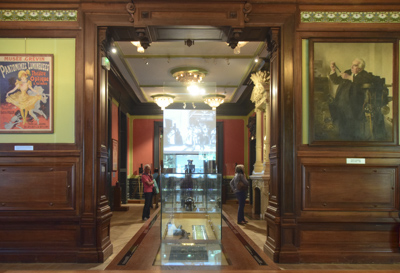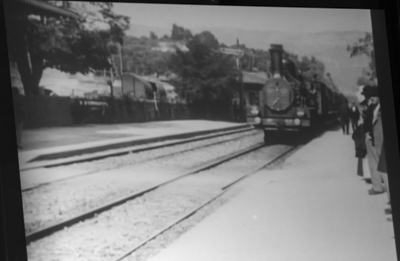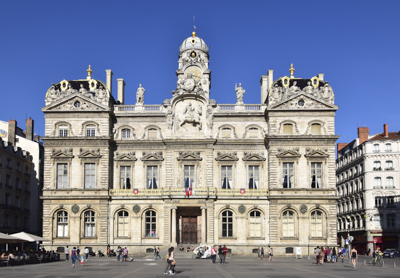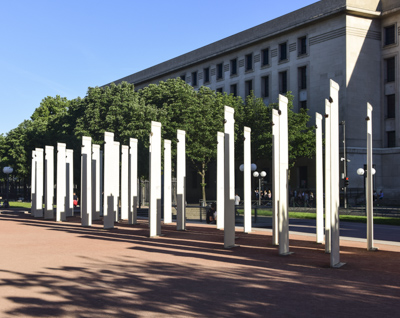Monday – May 29, 2017
The medieval town of Perouges is one of les plus beaux villages de France – one of the most beautiful villages of the world. Located about 25 miles northeast of Lyon, Perouges is a 12th century gem preserved by the French government and restored to its medieval glory.
The village is a main tourist destination and is usually very crowded, but because today is Monday and French shops are closed, Perouges was deserted. We had the entire town to ourselves and my cousins and I enjoyed walking along quiet, empty cobblestone streets.
The village has two main entrances: Porte d’en Bas – the bottom gate and Porte d’en Haut – the upper door. Once through the ancient gates, we were magically transported to the Middle-Ages. Narrow cobblestone paths weave through towering rock walls of medieval buildings.
The stone paths are intertwined in a labyrinth of little streets between houses. It was fun to walk along and finally end up where we began!
The main square is the site of a majestic linden tree which was planted during the French Revolution and is known as La Place du Tilleul. The medieval walled city was originally inhabited by weavers and farmers.
Claudine, Astrig, and I explored all the cobblestone paths and alleyways in the village. We stopped at one of the shops to try Galette Perougienne, which is a speciality only made in Perouges. The sweet pizza-like tart is made with sugar, butter, and lime zest baked on flat brioche dough. Of course, it was delicious!
Le Moyen Age cat sleeping on the horizontal window shutter, le volet, never stirred when I took his picture.
Perouges has several restaurants, gift stores, artisan craft shops, a bakery, and a wine shop which cater to tourists. It’s an exceptionally lovely medieval village and a wonderful rare treat to visit without crowds of tourists. The poem below, paying homage to Perouges, was mounted on one of the buildings:
